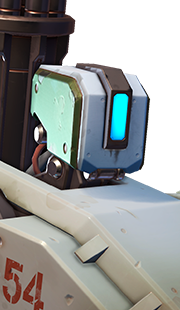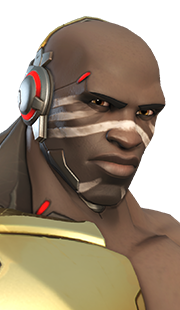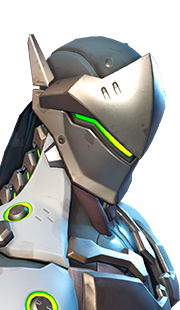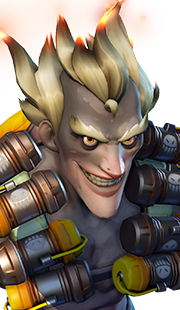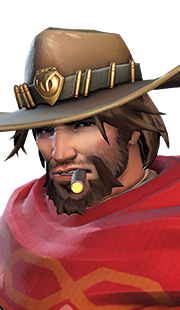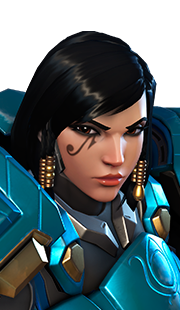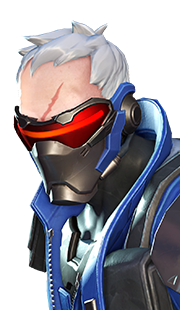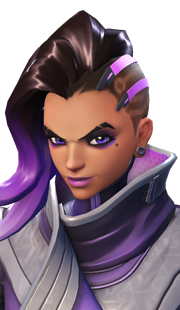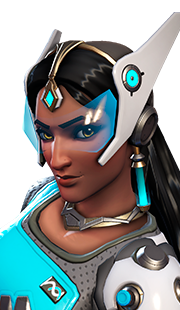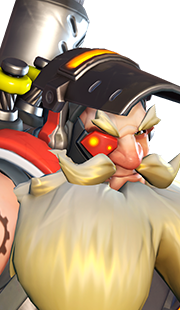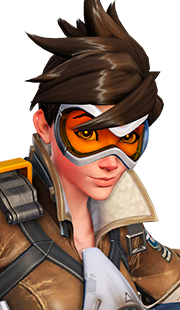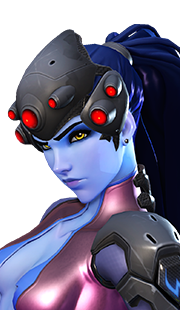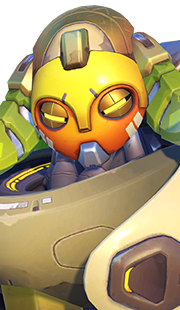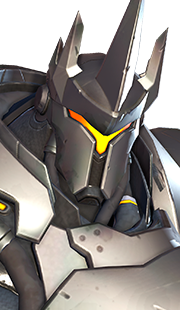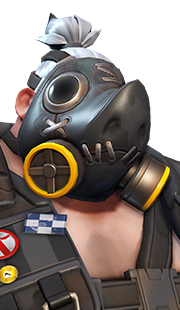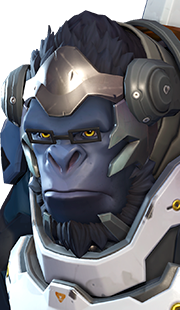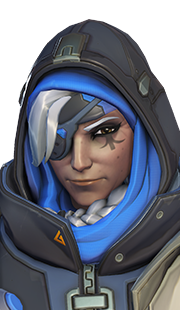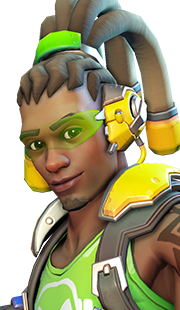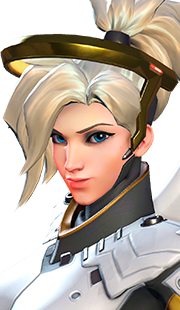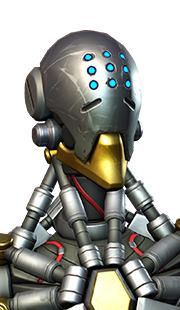Overwatch Point Capture (Assault) Game Mode Guide
Table of Contents
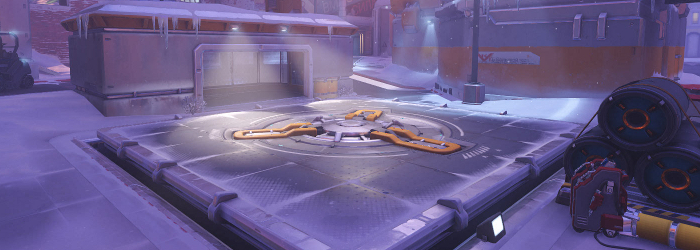
Point Capture (formally known as Assault) is a Game Mode in which one team is assigned the Attacker role, while the other team is the Defender. All Point Capture maps are comprised of two Points (labeled A and B), the capturing of which is the objective of the Attackers, while the Defenders must prevent the Attackers from capturing the points.
Rules
In this section, we explain the Quick Play rules. In Competitive mode, while generally similar, there are some notable differences when it comes to determined the winner. We explain this in our Competitive Rules guide.
Attackers have 5 minutes to capture point A (and failing to do so results in a Defender victory), and upon capturing point A, another 5 minutes is added to their remaining time, during which time they must capture point B (which is unavailable for attack for as long as point A has not been captured).
Once both points are captured (Attacker victory) or the timer runs out (Defender victory), the second half of the map begins with the roles of Attacker and Defender being reversed.
The mechanics of point capture are fairly simple. If the attacking team has at least 1 player present on the point, while no defender is also on the point, then the point will slowly move towards attacker control. The rate at which this is happening is indicated by a scale on the user interface.
The more attacking players are present on the point at the same time, the faster the point will be captured. About 5 seconds after no attacking players are on the point, existing progress towards full capture will decay over time (rather quickly). That said, each point has 2 intermediary checkpoints on the way to full control (also indicated on the user interface) which effectively save the attacking team's progress and below which, once reached, progress cannot devolve.
If at least 1 defender is present on the point at the same time as 1 or more attackers, the capture progress will neither advance nor decay — the point will be in a contested state during which its progress is effectively frozen. This state persists until such a time as all players of one team are removed from the point.
Finally, it is worth noting that once point A has been captured, the attackers will spawn in a new location that is more advanced and therefore closer to Point B.
Overtime
An important concept that applies to all Game Modes and maps is that of Overtime. The system is not entirely intuitive, so we feel it best to explain it here.
The purpose of Overtime is to prevent a team from losing a round while they are in control of or contesting the objective. This works slightly differently depending on the Game Mode, so we will break it down. However, it is true for all Game Modes that there is no limit to the amount of times Overtime can be triggered in a given round, nor to the total amount of time that the game can extended by due to Overtime.
On Point Capture maps, Overtime is triggered whenever the game timer expires but the attacking team still has at least 1 player on the point. When this first happens, an Overtime bar appears on the user interface. As soon as there are no attackers on the point, the Overtime bar begins to burn out over a few seconds. If the attackers do not manage to get on the point again before the Overtime runs out, the game ends.
In case this is happening on Point A of the map, when the point is finally captured by the attacking team, they will benefit fully from the time added to the clock (in other words, the time spent in Overtime is not subtracted from the time they gain by capturing the point).
Maps
There are currently 3 Point Capture maps in Overwatch.
- Hanamura
- Temple of Anubis
- Volskaya Industries
- Blizzard at Gamescom 2024
- Icy Veins Seeking Writers for Zenless Zone Zero: Apply Today!
- No BlizzCon in 2024
- Blizzard Games Return to China: New Agreement Signed With NetEase
- Blizzard Reportedly Reuniting with NetEase to Bring Back WoW in China
- Ex-Activision Blizzard CEO Bobby Kotick Shows Interest in Buying TikTok
- Timeline of Blizzard Presidents
- Johanna Faires Appointed Blizzard Entertainment President
